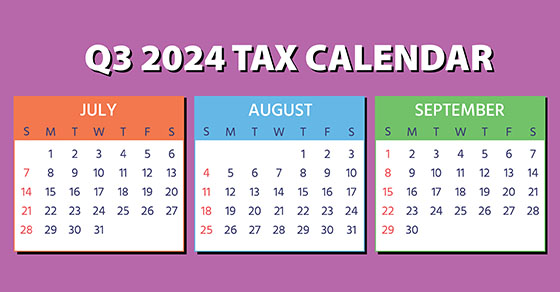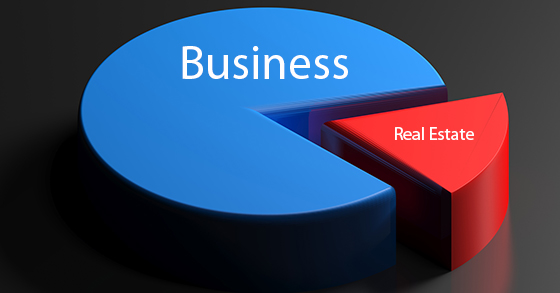Here are some of the key tax-related deadlines affecting businesses and other employers during the third quarter of 2024. Keep in mind that this list isn’t all-inclusive, so there may be additional deadlines that apply to you. Contact us to ensure you’re meeting all applicable deadlines and to learn more about the filing requirements.
July 15
- Employers should deposit Social Security, Medicare and withheld income taxes for June if the monthly deposit rule applies. They should also deposit nonpayroll withheld income tax for June if the monthly deposit rule applies.
July 31
- Report income tax withholding and FICA taxes for second quarter 2024 (Form 941) and pay any tax due. (See the exception below, under “August 12.”)
- File a 2023 calendar-year retirement plan report (Form 5500 or Form 5500-EZ) or request an extension.
August 12
- Report income tax withholding and FICA taxes for second quarter 2024 (Form 941), if you deposited on time and in full all the associated taxes due.
September 16
- If a calendar-year C corporation, pay the third installment of 2024 estimated income taxes.
- If a calendar-year S corporation or partnership that filed an automatic six-month extension:
- File a 2023 income tax return (Form 1120-S, Form 1065 or Form 1065-B) and pay any tax, interest and penalties due.
- Make contributions for 2023 to certain employer-sponsored retirement plans.
- Employers should deposit Social Security, Medicare and withheld income taxes for August if the monthly deposit rule applies. They should also deposit nonpayroll withheld income tax for August if the monthly deposit rule applies.









